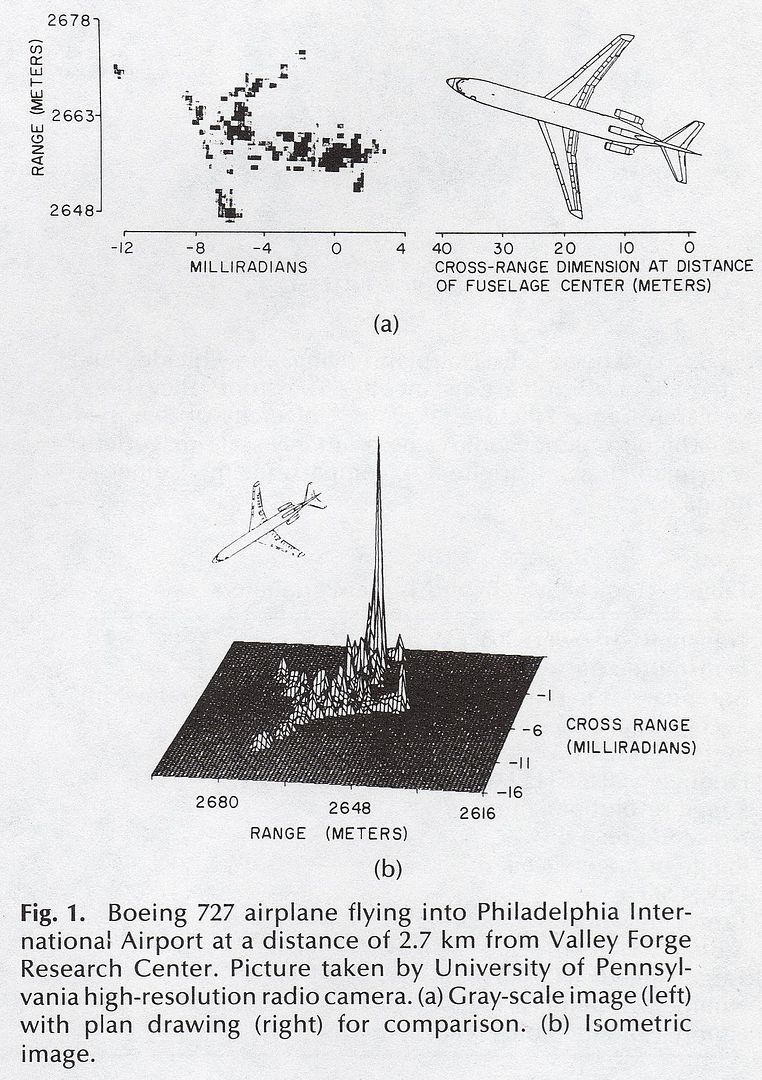WS-10 is similar to AL-31 in performance but it is not AL-31 so it is not plug-and-fly. The jet needs to re-undergo flight-testing for weight distribution/inlet/flight control optimization to switch to the Taihang and it won't come with any performance increase (possibly even a decrease?), so is it worth the effort? I don't know the answer to that but if I were in AVIC and wanted to reduce use of AL-31 in favor of Taihang, I'd first start using WS-10X on whole batches of J-10B/C before opting to go to J-20 since work has already been done in that direction.
a good case is J15. How much time they spend on undergo testing with WS10?

